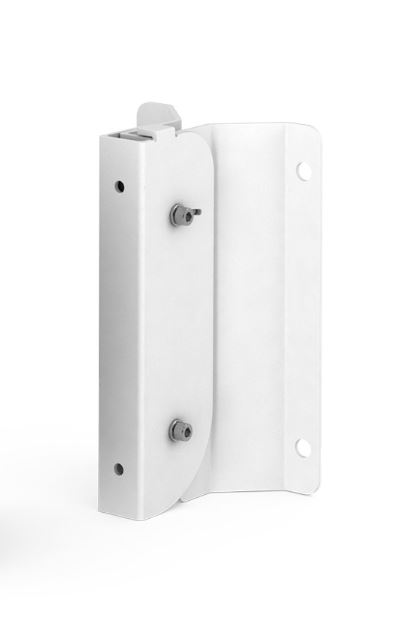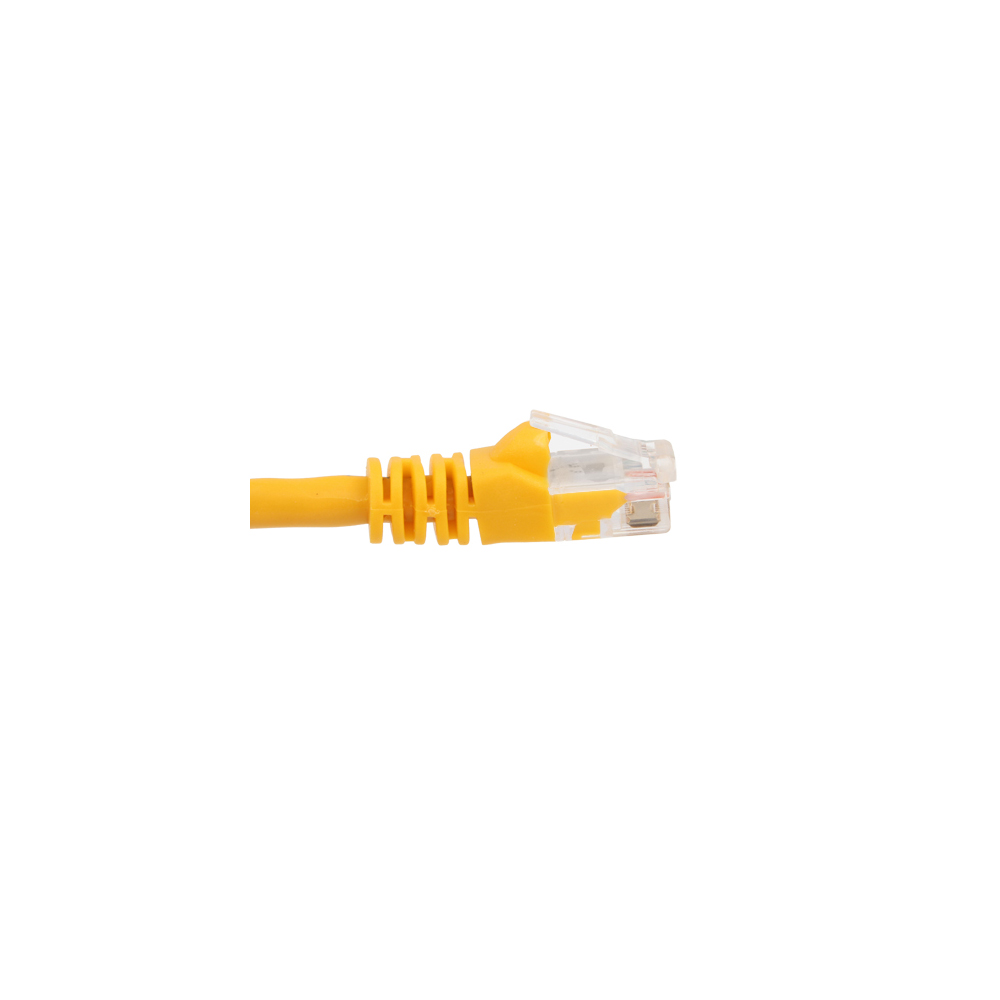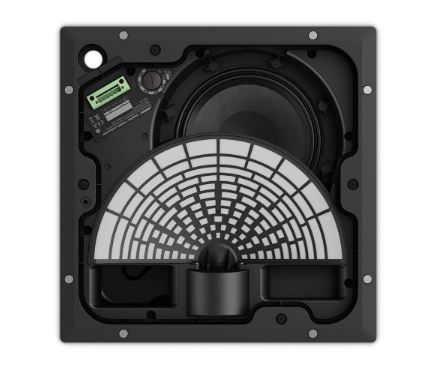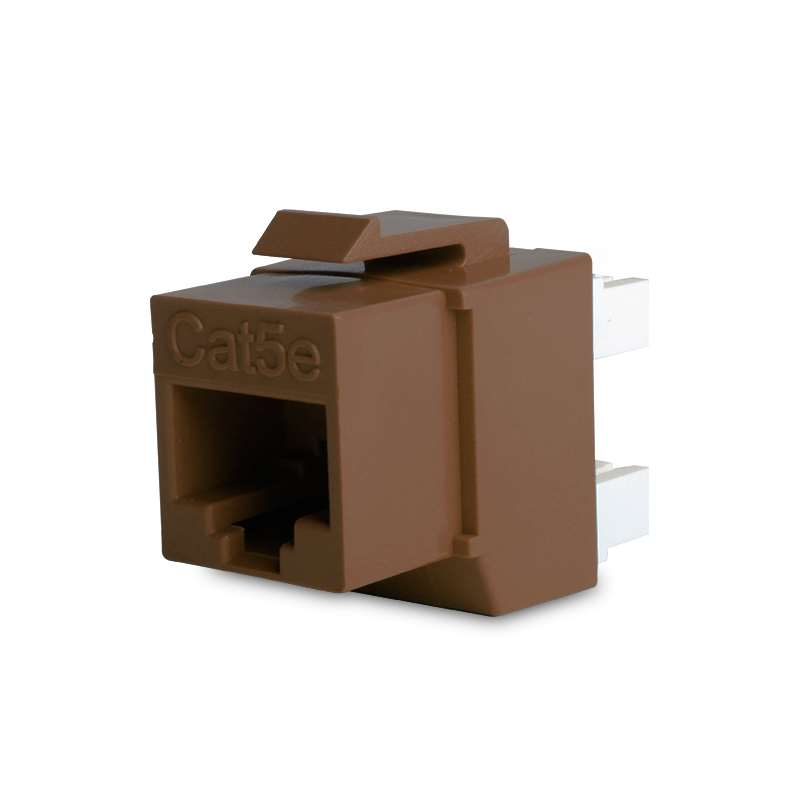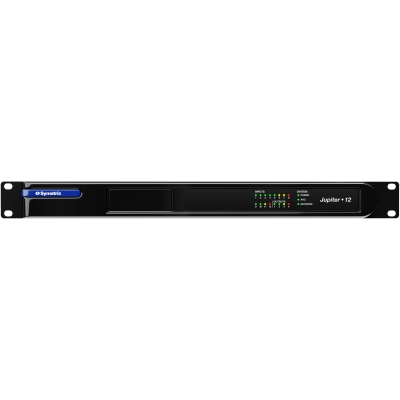Innovative and Unique. Jupiter packages powerful DSP into a zero learning curve, turn-key family of audio processors. Standing on the shoulders of Symetrix’ world-class open architecture DSP platforms, Jupiter upholds our commitment to pristine sound.
3 Audio Input/Output Configurations. Jupiter 4 (4 in, 4 out), Jupiter 8 (8 in, 8 out), and Jupiter 12 (12 in, 4 out).
High Feature to Cost Ratio. Near zero programming time slashes installation costs.
85 Turn-key Apps. Categories include mixing and routing, public address / distribution, sound reinforcement, special purpose DSP. Signal routings, whether simple or complex, are fully tested and ready to go right out of the box. Learn more about the available apps here. To download Jupiter software, click here.
Control Made Easy. Multiple control options include low-cost Symetrix ARC wall panels and an easy to generate SymVue Windows virtual GUI. The human readable Composer Control Protocol supports programming of third-party touch screens and control devices.
An Embedded Web Server for Even More Control. Jupiter’s embedded web server hosts ARC-WEB – a browser-based interface for smart phones, tablets, and computers.
Incredible Sound. An abundance of DSP resources power apps that are packed with features like dynamics, EQ, FIR filters, feedback fighters, loudspeaker management, automixing, and matrixing.
Help is built in. The software connection wizard provides fast and easy IP linking to the DSP hardware.
Inputs
| Number of Inputs | Twelve (12), eight (8), or four (4) switchable balanced mic or line level on Jupiter 12, 8 or 4 respectively. |
| Connectors | 3.81 mm terminal blocks. |
| Nominal Input Level | +4 dBu line or -36 dBu mic level (software selectable) with 20 dB of headroom. |
| Mic Pre-amp Gain | +40 dB. |
| Input Trim | +/- 24 dB. |
| Maximum Input Level | +23 dBu. |
| Input Impedance | 18 kΩ balanced, > 9 kΩ unbalanced, > 2 kΩ with phantom power engaged. |
| CMRR | > 50 dB @ 1 kHz, unity gain. |
| Mic Pre-amp EIN | < -125 dBu, 22 Hz - 22 kHz, 100 Ω source impedance. |
| Phantom Power | +20 VDC, 20 mA maximum per input. |
Mechanical Data
| Space Required | 1U (WDH: 48.02 cm x 19.05 cm x 4.37 cm / 18.91 in x 7.5 in x 1.72 in), depth is specified from front panel to back of connectors. Allow at least 3 inches additional clearance for rear panel connections. Additional depth may be required depending upon your specific wiring and connections. |
| Electrical | 100-240 VAC, 50/60 Hz, 25 Watts maximum. Universal input. |
| Ventilation | Maximum recommended ambient operating temperature is 30 C / 86 F. Ensure that the left and right equipment sides are unobstructed (5.08 cm, 2 in minimum clearance). The ventilation should not be impeded by covering the ventilation openings with items such as newspapers, tablecloths, curtains, etc. |
| Certifications or Compliance | UL 60065, cUL 60065, IEC 60065, EN 55103-1, EN 55103-2, FCC Part 15, RoHS |
| Shipping Weight | 7.5 lbs. (3.4 kg) |
Outputs
| Number of Outputs | Four (4), eight (8), or four (4) line level on Jupiter 12, 8 or 4 respectively. |
| Connectors | 3.81 mm terminal blocks. |
| Nominal Output Level | +4 dBu line level with 20 dB of headroom. For unbalanced analog output, do not connect the minus output terminal. Unbalanced configuration results in 6 dB lower output level. |
| Maximum Output Level | +24 dBu. |
| Output Impedance | 200 Ω balanced, 100 Ω unbalanced. |
System
| Sample Rate | 48 kHz. |
| Frequency Response | 20 Hz - 20 kHz, +/- 0.5 dB. |
| Dynamic Range | > 110 dB (A-Weighted), input to output. |
| THD+Noise | < -85 dB (un-weighted); 1 kHz @ +22 dBu with 0 dB gain. |
| Interchannel Crosstalk | < -90 dB @ 1 kHz, typical. |
| Latency | < 1.6 ms, input to output with all DSP inactive. |
Architect and Engineer Specifications
The device shall provide twelve, eight or four inputs (Jupiter 12, 8 or 4 respectively) that are selectable as line or mic level with phantom power and four, eight or four (Jupiter 12, 8 or 4 respectively) line level outputs. All signal processing, mixing and routing functions (including input gains) shall be controllable via software. Audio inputs and outputs shall be accessed via rear panel 3.81 mm terminal block connectors.
The Graphical User Interface (GUI) software shall be installer programmable using the Windows® XP or higher operating system. Computer connection and control shall be via the device’s rear panel Ethernet connector. The GUI shall provide the management of apps, device files and display and control of all signal processing and configuration functions including, but not limited to: Input and Output Gain • Highpass Filtering • Lowpass Filtering • FIR Filters • Crossovers • Parametric Equalization • Graphic Equalization • Expansion • De-Essing • Compression • Limiting • Automatic Gain Control • Ambient Noise Compensation • Feedback Elimination • Automatic Mixing • Priority Mixing • Signal Routing • Delay • Polarity.
The front panel shall include input and output signal level indicators as well as indicators for POWER, NETWORK, and ARC.
External control shall include preset selection as well as I/O level control and muting, and shall be via industry-standard CAT5 cable with RJ45 connectors using the optional ARC wall panel remote controls. All program memory shall be non-volatile and provide program security should power fail. The device shall provide an on board real time clock to facilitate automatic, timed changing of presets. Third-party control systems may interface over IP using a published ASCII control protocol.
Audio conversion shall be 24-bit, 48 kHz. The dynamic range of the processor shall not be lower than 110 dB A-weighted.
The device shall have a captive power input socket for an external 24 VDC supply. The device shall meet UL/CSA and CE safety requirements and comply with CE and FCC Part 15 emissions limits. The device shall be RoHS compliant. The chassis shall be constructed of cold rolled steel and moulded plastic, and mount into a standard 19” 1U EIA rack. The device shall be a Symetrix Jupiter model 4, 8 or 12.

|
Jupiter-Application-Selection-Guide.pdf |

|
Jupiter_cp2.pdf |

|
Jupiter_DS_v1.pdf |

|
Jupiter_QSG_53-0048RevC.pdf |

